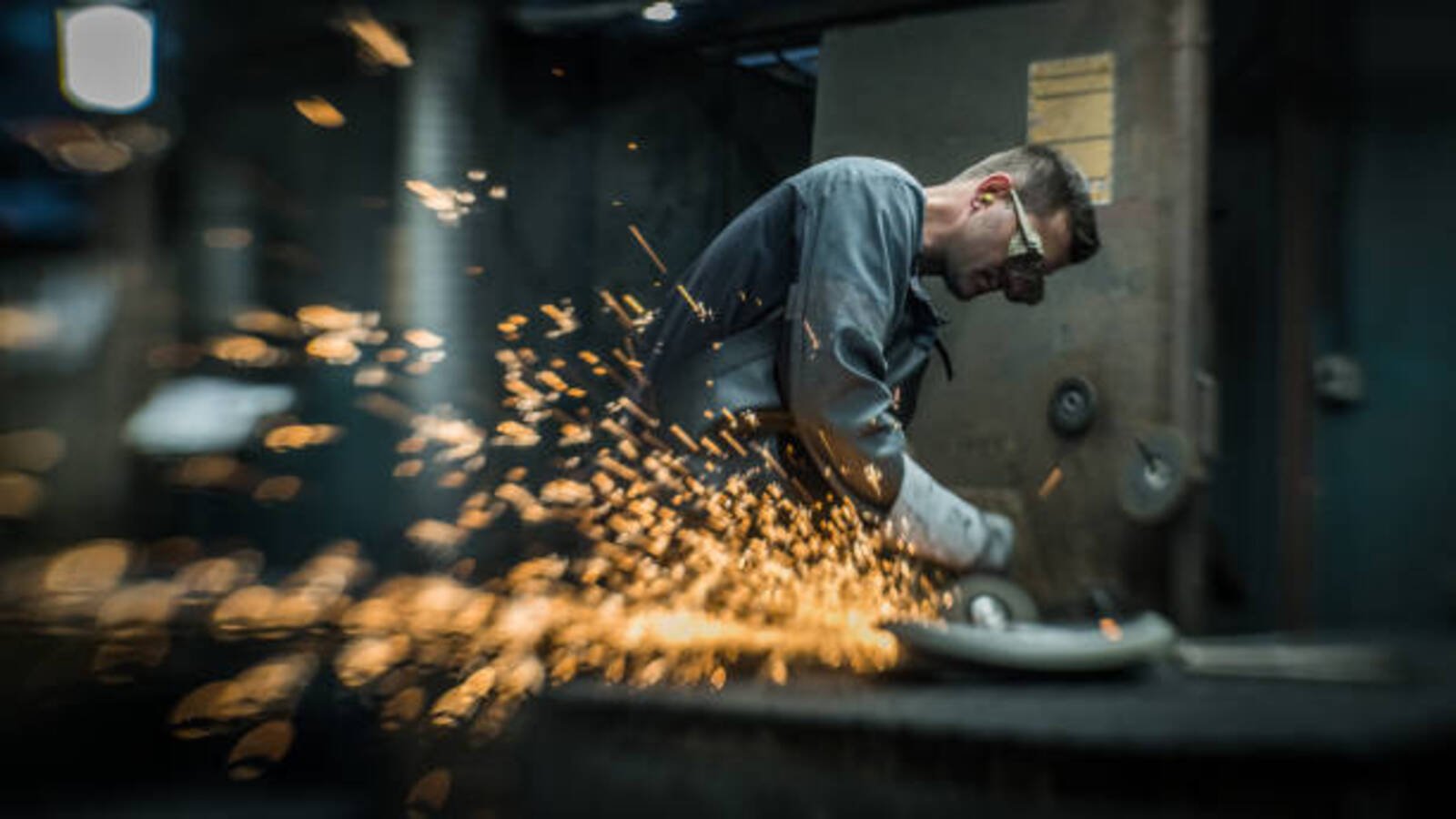Introduction:
Metalworking is a complex process in which different heating and cooling techniques are used to make metal parts with improved strength and durability. One of the most vital components of modern metal processing is heat treatment. Heat treating is the process of heating metal materials to high temperatures and then cooling them under controlled conditions. This article will explore the different aspects of
Heat treatment in modern metal processing and its importance in creating high quality metal products.
Heat Treatment as a Critical Process:
Heat treatment is an important part of the metal processing industry because, without it, metals would be too weak or brittle to be used for various engineering applications. Steel, for example, undergoes heat treatment to increase its hardness, strength, and wear resistance. Heat treatment helps to modify the physical properties of metal to make it more efficient and effective in various industrial applications.
Types of Heat Treatment:
There are several types of heat treatment methods, including annealing, normalizing, quenching, tempering, and case hardening. These processes are designed to achieve different outcomes such as increased strength, toughness, or hardness. Annealing, for example, is used to soften metal, while normalizing is used to normalize the structure of steel. Quenching is used to attain maximum hardness in the metal, while tempering is used to reduce brittleness and increase toughness.
The Importance of Precise Temperature Control:
Temperature control is a critical aspect of heat treatment in modern metal processing. Precise temperature control is essential for achieving the desired properties in metal. The temperature must be accurately measured and controlled throughout the entire process to ensure consistent and predictable results. Any variance in temperature during the process could lead to undesirable results such as uneven properties or even failure of the metal parts.
Modern Techniques in Heat Treatment:
Modern technology has enabled the metal processing industry to enhance and refine heat treatment methods. For instance, vacuum heat treatment is widely used in modern industry to help reduce oxidation and the formation of scale during the heat treatment process. Nitriding is another modern heat treatment technique used to increase the surface hardness of metal and improve its resistance to wear and corrosion.
The Role of Heat Treatment in Quality Control:
Ensuring quality control in modern metal processing is vital to creating safe and reliable products. Heat treatment procedures play a key role in the quality control process as they help to ensure that metal products have the desired properties, including strength, toughness, and durability. Heat treatment is used to remove any residual stresses in a metal material, thus minimizing the risk of cracking or failure.
Heat Treatment in Aerospace and Automotive Industries:
Heat treatment is widely used in the aerospace and automotive industries, where high-performance metals are required for critical applications. Aerospace alloys, for instance, are often made of high-temperature materials that require heat treatment to maintain their properties at high temperatures. Automotive manufacturers use heat treatment to enhance the strength and wear resistance of various metal components such as gears, engine blocks, and transmission parts.
Challenges in Heat Treatment:
Despite its importance, heat treatment can be a challenging process. Different metals require different heat treatment procedures, and the temperature and duration of the heat treatment must be carefully controlled to achieve the desired properties. Moreover, there are environmental factors such as humidity and air pressure that must be considered during heat treatment to avoid oxidation and scale formation.
Expertise in Heat Treatment:
Heat treatment is a highly specialized process that requires a trained and experienced team. Heat treat experts are responsible for determining the right heat treatment process for each metal component, including the temperature and duration of the process. They also oversee the entire process to ensure that the metal parts meet the desired properties and quality standards.
Conclusion:
Heat treatment is an essential aspect of modern metal processing, and it is crucial to creating high-performance metal parts. The different heat treatment methods and techniques have revolutionized the way in which metal is used for various industrial applications. Precise temperature control, quality control, and expertise are all critical factors that must be considered during the heat treatment process. Despite its challenges, heat treatment remains a vital component of modern metal processing.
heat treatment, metal processing, precision, temperature control, aerospace, automotive, industry, expertise
The Importance of Heat Treatment in Modern Metal Processing
Discover how heat treatment is critical in modern metal processing, including the techniques, challenges, and benefits of this specialized process.
Quote Inquiry
Contact us!
